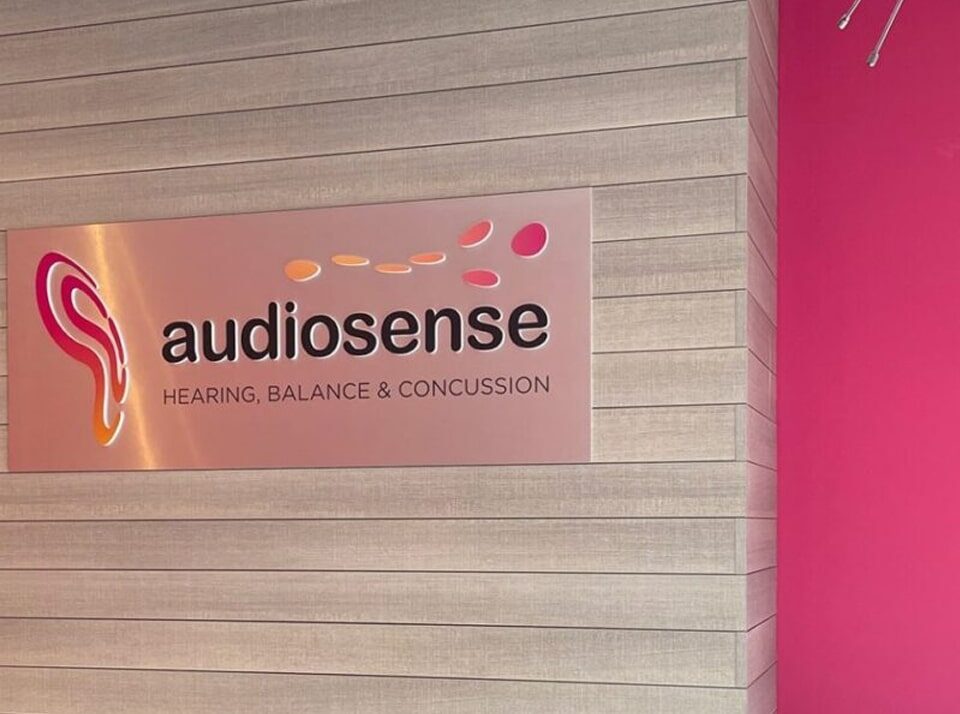- Consent to Treatment
You’ll start with some basic paperwork to tell us a bit about yourself and review our consent forms while we hang up your coat and brew you a cappuccino, hot tea, or coffee (in non-covid times).
- Case History
This is where we get to know you! At AudioSense we have a holistic frame of mind when interacting with and treating our patients. We want to really understand how your hearing health is impacting different areas of your life. If you have any questions before we start the testing, ask away!
- Otoscopy
Taking a look in the ear to ensure nothing is blocking the ear canal, such as wax, and to make a note of the shape, contents and overall status of your ear canal.
Wondering what we see in there? There might be hair from a hair cut, sand from a recent visit to a beach, perhaps it is red if you have a cold or ear infection, and quite often, we see good old ear wax. With our video otoscope projected onto the computer monitor, you can take a look with us!
- Immittance Audiometry
This test tells us about your middle ear, specifically how your ear drum is moving. A rubber tip is placed in your ear and you feel a quick pressure change, similar to going under water or on an airplane. At the same time, we also measure how your ossicular chain is moving – those are the 3 smallest bones in your body, and we send louder sounds in your ears for just a few seconds to make sure they’re working and contracting well.
- Pure Tone Audiometry
This is where the hearing test begins. With earphones in each ear, you will listen for soft beeps and other sounds, telling us each time when you hear the sound. Listen hard! We perform this test with little foam eartips that slip right into your earcanals. We typically also test how you hear loud sounds and whether you can hear really high frequencies with large over the ear headphones and a little bone vibrator that sits behind the ear and stimulates the inner ear directly.
- Speech Audiometry
To compliment our behavioural testing, we will have you repeat back a list of words at different levels, finding your threshold, or the softest level that you can correctly repeat back a word. We will also test how clearly you can hear a list of words at a comfortable and loud listening levels.
- Counselling and Review of Results
At AudioSense we sit down and review your results with you right away. If you brought a friend or family member they are able to join the discussion if you wish. You will find out exactly what your hearing levels are for each ear and what that means for communicating in your daily life. We also want to make sure to include your family doctor in the conversation, so we send a report to him or her with our results
- Recommendations and Follow up Plan
Whether we recommend a hearing aid trial, reprogramming of your current hearing aids, noise protection, a medical referral, or simply an annual check to monitor your hearing, we will discuss this with you to make sure you understand the plan.
About the Author
Salima Jiwani is the Founder/Director and Lead Audiologist at AudioSense Hearing, Balance & Concussion, an audiology clinic in Yorkville, Toronto. Salima has a keen clinical and research interest in disorders of the external, middle and inner ear, including hearing loss, auditory processing difficulties, tinnitus, sound sensitivities and post-concussion auditory deficits. Salima is passionate about understanding how the brain responds to sound after injury and in post-surgical management of cochlear implants. Salima works with children and adults of all ages at AudioSense, and provides her patients with industry-leading audiological care by leveraging her clinical, research and industry experience. She firmly believes in a holistic cross-collaborative team approach to audiological care and is always looking for outside-the-box evidence-based innovative ways to offer care to her patients. Outside of work, Salima continues to be engaged in advocacy initiatives to elevate the profession of audiology, give audiologists a voice and promote optimal audiological care for her patients.





